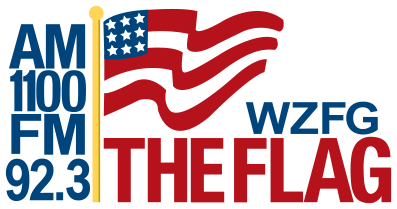Senator John Hoeven today announced that the National Oceanic and Atmospheric Administration (NOAA) will include western North Dakota in its study of gaps in the agency’s Doppler radar (NEXRAD) coverage. Further, at a meeting Hoeven held with first responders and local leaders in Watford City earlier this month, NOAA Director of Congressional Affairs John Sokich committed to adjust the radar system in Minot to expand low-level coverage in western North Dakota, which would improve severe weather and tornado warnings in the region.
Today’s announcement comes as a result of the meeting and a letter Hoeven sent to NOAA last month, urging the agency to study radar gaps for Watford City and the surrounding region in response to this summer’s tornado that displaced approximately 200 local residents and led to dozens of injuries and one death. Further, as a member of the Senate Appropriations Committee, Hoeven helped approve the necessary funding in Fiscal Year (FY) 2018, and is advancing funds for FY 2019, for NOAA to conduct the studies and adjust the radar coverage.
“NOAA’s commitment to adjust the radar in Minot and to assess NEXRAD gaps in western North Dakota are important steps in improving the reliability of our severe weather warning system in the region,” said Hoeven. “I appreciate NOAA for working with us on this priority. We will continue working through the Appropriations Committee to ensure NOAA has the funding it needs to implement a solution that could potentially save lives.”
Because of the NEXRAD gaps in western North Dakota, NOAA did not issue a tornado warning for Watford City on July 10 when an EF2 tornado touched down. Hoeven’s work with NOAA aligns with the Weather Research and Forecasting Innovation Act, which Congress passed and the president signed into law last year. The bill requires the agency to study gaps in NEXRAD coverage and provide recommendations to address these gaps.







